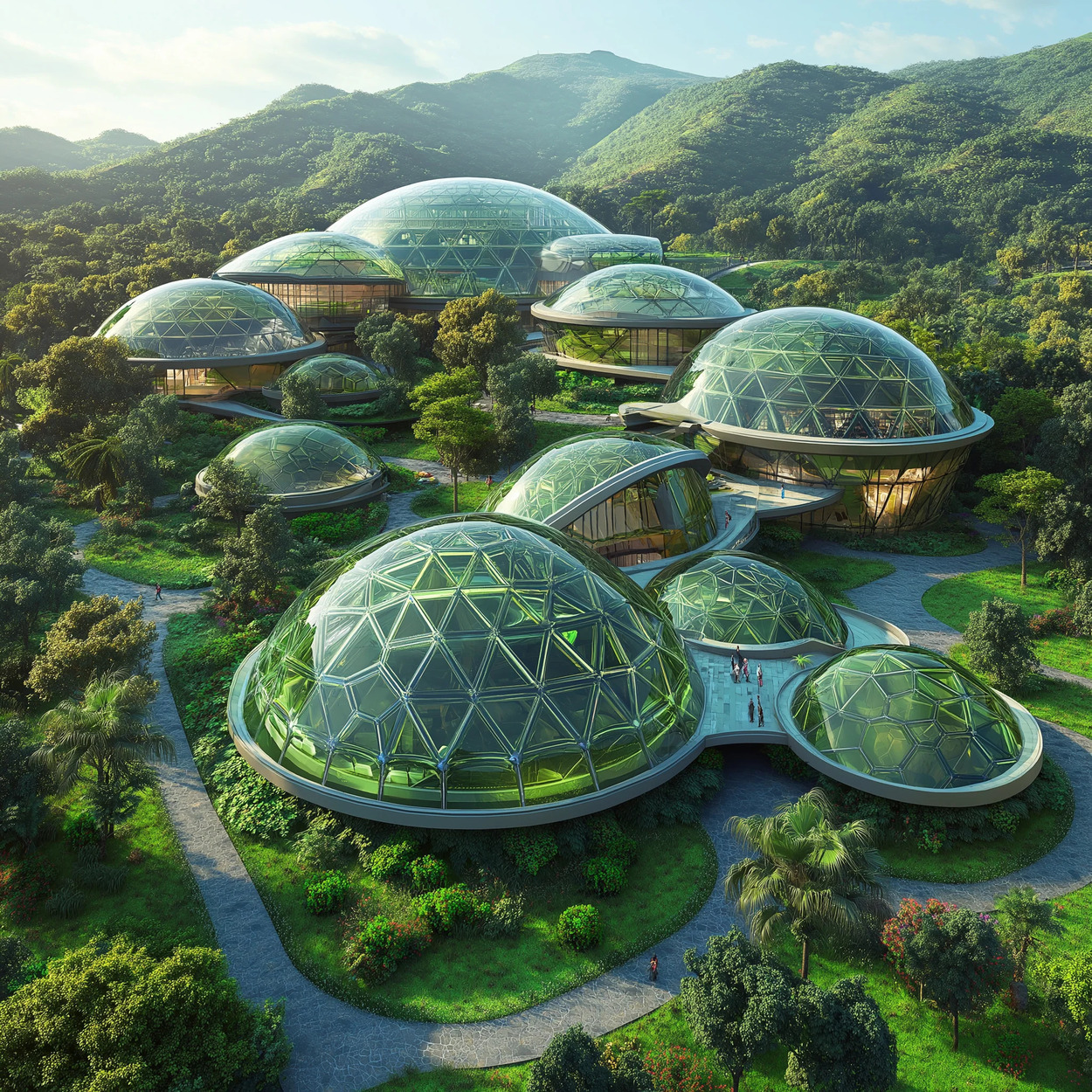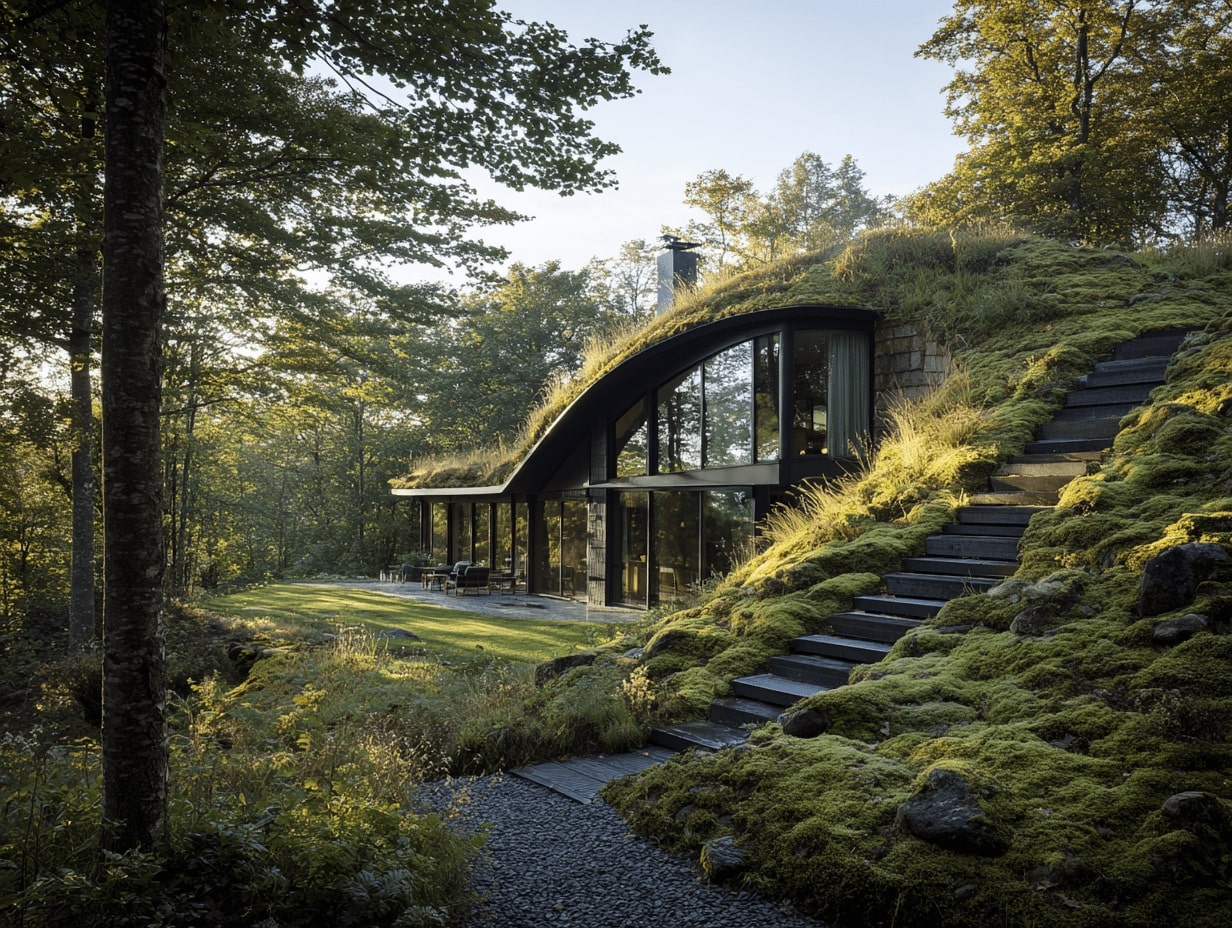- Home
- Articles
- Architectural Portfolio
- Architectral Presentation
- Inspirational Stories
- Architecture News
- Visualization
- BIM Industry
- Facade Design
- Parametric Design
- Career
- Landscape Architecture
- Construction
- Artificial Intelligence
- Sketching
- Design Softwares
- Diagrams
- Writing
- Architectural Tips
- Sustainability
- Courses
- Concept
- Technology
- History & Heritage
- Future of Architecture
- Guides & How-To
- Art & Culture
- Projects
- Interior Design
- Competitions
- Jobs
- Store
- Tools
- More
- Home
- Articles
- Architectural Portfolio
- Architectral Presentation
- Inspirational Stories
- Architecture News
- Visualization
- BIM Industry
- Facade Design
- Parametric Design
- Career
- Landscape Architecture
- Construction
- Artificial Intelligence
- Sketching
- Design Softwares
- Diagrams
- Writing
- Architectural Tips
- Sustainability
- Courses
- Concept
- Technology
- History & Heritage
- Future of Architecture
- Guides & How-To
- Art & Culture
- Projects
- Interior Design
- Competitions
- Jobs
- Store
- Tools
- More
Sustainable Coastal Construction: Building Resilience Where Land Meets Sea
Sustainable coastal construction expert guide: plan, design, and build resilient shorelines with nature-based, low-carbon, adaptive pathways and clear metrics.

Coastlines are dynamic by nature, and our projects have to respect that motion. When we talk about sustainable coastal construction, we’re talking about designing for change, protecting communities, preserving access, and enhancing ecosystems without locking ourselves into brittle, high-carbon solutions. In this guide, we share how we plan, design, build, and operate shoreline projects that stand up to climate hazards and still keep the coast alive.
Table of Contents
ToggleThe Coastal Context And Sustainability Goals
Balancing Protection, Access, And Ecology
Every shoreline project sits at the intersection of three priorities: protection from hazards, access for people, and the health of coastal ecosystems. We aim to deliver all three by setting clear performance targets up front, wave attenuation requirements, public access hours or pathways, habitat quality indices, so trade-offs are transparent and measurable. Sometimes that means a living shoreline instead of a seawall, or a dune system with thoughtfully placed boardwalks to keep foot traffic off sensitive vegetation while maintaining ADA-compliant access.
We also design for co-benefits. Oysters or salt marsh plantings can quiet waves and improve water quality. Thoughtful grading and native vegetation can capture stormwater before it hits the bay. If we can store carbon in sediments and plants while protecting a neighborhood, that’s a win we plan for, not a happy accident.

Climate Hazards: Sea-Level Rise, Storm Surge, Erosion
Sustainable coastal construction starts with a realistic hazard profile. We model sea-level rise across multiple scenarios and planning horizons, near-term operations, midlife upgrades, and end-of-life conditions. Storm surge and wave run-up analyses help size crest elevations and freeboard. We pair that with sediment budgets and shoreline change rates, because erosion or accretion will rewrite the map faster than you think. The result is a design that can tolerate overtopping, flex with shifting sands, and be adapted without wasteful demolition.
Planning And Regulatory Considerations
Site Assessments, Risk Mapping, And Setbacks
We begin with a thorough site assessment: geotechnical borings, habitat surveys, tidal datums, groundwater levels, and critical infrastructure mapping. Then we overlay risk maps, floodplains, coastal high-hazard zones, evacuation routes, to define practical setbacks and elevations. Setbacks aren’t just lines on a plan: they’re buffers that buy time. Where feasible, we prefer rolling easements that migrate landward as the shoreline moves, rather than fixed edges that fail under pressure.

Permitting And Community Engagement
Permitting can be labyrinthine, crossing local, state, and federal agencies. We streamline it by aligning early with regulators on goals, water quality standards, essential fish habitat, cultural resources, and packaging permit submittals with clear avoidance and minimization strategies. Equally important is community engagement. Coastal users know their shore: shrimpers, surfers, and shoreline homeowners notice changes before models do. We host design charrettes, share visualizations for future water levels, and incorporate local knowledge into adaptive management plans. Transparency up front reduces appeals later and leads to solutions people actually support.
Design Principles For Resilient Shorelines
Avoid, Retreat, Accommodate, Protect
We organize decisions with a simple hierarchy:
- Avoid: Don’t build in the most hazardous zones when we can shift land uses upland.
- Retreat: Realign or relocate assets that will become untenable under realistic sea-level rise.
- Accommodate: Elevate structures, use floodable ground floors, and design utilities to withstand periodic inundation.
- Protect: Where protection is necessary, favor solutions that dissipate energy and weave in habitat, dunes, reefs, vegetated berms, before hard armoring.
Choosing among these isn’t ideological: it’s context-driven. A ferry terminal may warrant hybrid protection: a parking lot can be moved. We stress modularity, so today’s “accommodate” can evolve into tomorrow’s “protect” without tearing everything out.

Adaptive Pathways And Trigger Points
Uncertainty isn’t an excuse for inaction, it’s a design input. We lay out adaptive pathways that define which measures come first and what conditions trigger upgrades: a certain mean higher high water level, an observed shoreline retreat distance, or maintenance costs crossing a threshold. Each trigger links to pre-permitted design steps, estimated budgets, and construction windows sensitive to spawning or nesting seasons. That way, we’re not scrambling after a big storm: we’re executing the next chapter of a plan we already vetted.
Materials And Methods With Lower Environmental Impact
Nature-Based And Hybrid Solutions
Nature-based features, living shorelines, oyster or mussel reefs, mangroves, salt marsh terraces, dune-building with native grasses, reduce wave energy, trap sediment, and provide habitat. We often pair them with discreet structural elements: low-crested breakwaters, geogrid cores for dunes, or articulated concrete mats with open cells for vegetation. The hybrid approach buys immediate performance while biological components mature, and it’s generally more forgiving under load than monolithic walls.

Low-Carbon Materials And Resource Efficiency
Where structures are required, we minimize embodied carbon. Options include supplementary cementitious materials in concrete, FRP or weathering steel to cut corrosion-driven replacements, and responsibly sourced timber for accessways. We standardize on modular elements to reduce waste, design for deconstruction, and reuse riprap where feasible. On the operations side, we push for electric or low-emission equipment, consolidated mobilizations, and precision placement guided by GPS to limit rework. Small choices add up: recycled aggregates for sub-bases, non-toxic anti-fouling coatings, and biodegradable erosion control fabrics instead of plastic netting.
Construction And Operations Best Practices
Minimizing Ecological Disturbance
Timing is everything. We schedule in-water work outside spawning seasons, avoid night lighting near turtle nesting beaches, and establish exclusion zones for marine mammals. Silt curtains and turbidity monitoring keep water quality within permit limits. On land, construction mats protect dunes and wetlands, and designated access paths prevent the “spider web” of informal tracks that can take years to heal. We train crews on species identification and stop-work protocols, because the best plan fails if it isn’t understood in the field.

Monitoring, Maintenance, And Performance Metrics
Sustainable coastal construction doesn’t end at ribbon cutting. We track performance with clear metrics: shoreline position, vegetation cover, reef accretion, habitat usage, overtopping frequency, and maintenance hours per quarter. Low-cost tools, time-lapse cameras, UAV surveys, fixed benchmarks, make trend detection practical. If monitoring shows marsh edges thinning or berms settling, we act early with sediment nourishment, planting, or minor grade adjustments. Sharing this data with local agencies and communities builds trust and shortens the path to the next permit cycle.
Conclusion
Sustainable coastal construction is a mindset as much as a method. When we plan for hazards, respect natural processes, and commit to adaptive pathways, we create shorelines that protect people and strengthen ecosystems. The work is incremental and often quiet, planting, monitoring, adjusting, but the payoff is durable resilience at lower life-cycle cost. If we keep listening to the coast and to the communities who live with it every day, we’ll keep building projects that belong here, and last.
- beachfront ecological construction
- climate-adaptive building solutions
- climate-resilient building
- coastal defense infrastructure
- coastal habitat protection construction
- coastal resilience building
- eco-friendly coastal development
- environmentally friendly seawalls
- green marine construction
- marine environment preservation
- nature-based coastal engineering
- oceanfront eco-construction
- resilient coastal architecture
- seashore construction solutions
- seaside erosion prevention
- shoreline erosion control
- sustainable coastal construction
- sustainable infrastructure near water
- sustainable shoreline engineering
- waterfront sustainable development
Submit your architectural projects
Follow these steps for submission your project. Submission FormLatest Posts
What are Biodomes?
Biodomes are transforming architecture by blending ecological science with advanced design to...
The Quiet Revolution of Biophilic Design
Biophilic design is reshaping homes, workplaces, and cities—backed by evidence. Learn core...
Sustainable Solutions in Contemporary Architecture: From Passive Design to Clean Energy
Sustainable solutions in contemporary architecture: a practical playbook to hit net-zero, cut...
Architecture of Climate: Designing for Heat, Cold, and Storms
Architecture of climate: a practical guide to designing for heat, cold, and...












Leave a comment